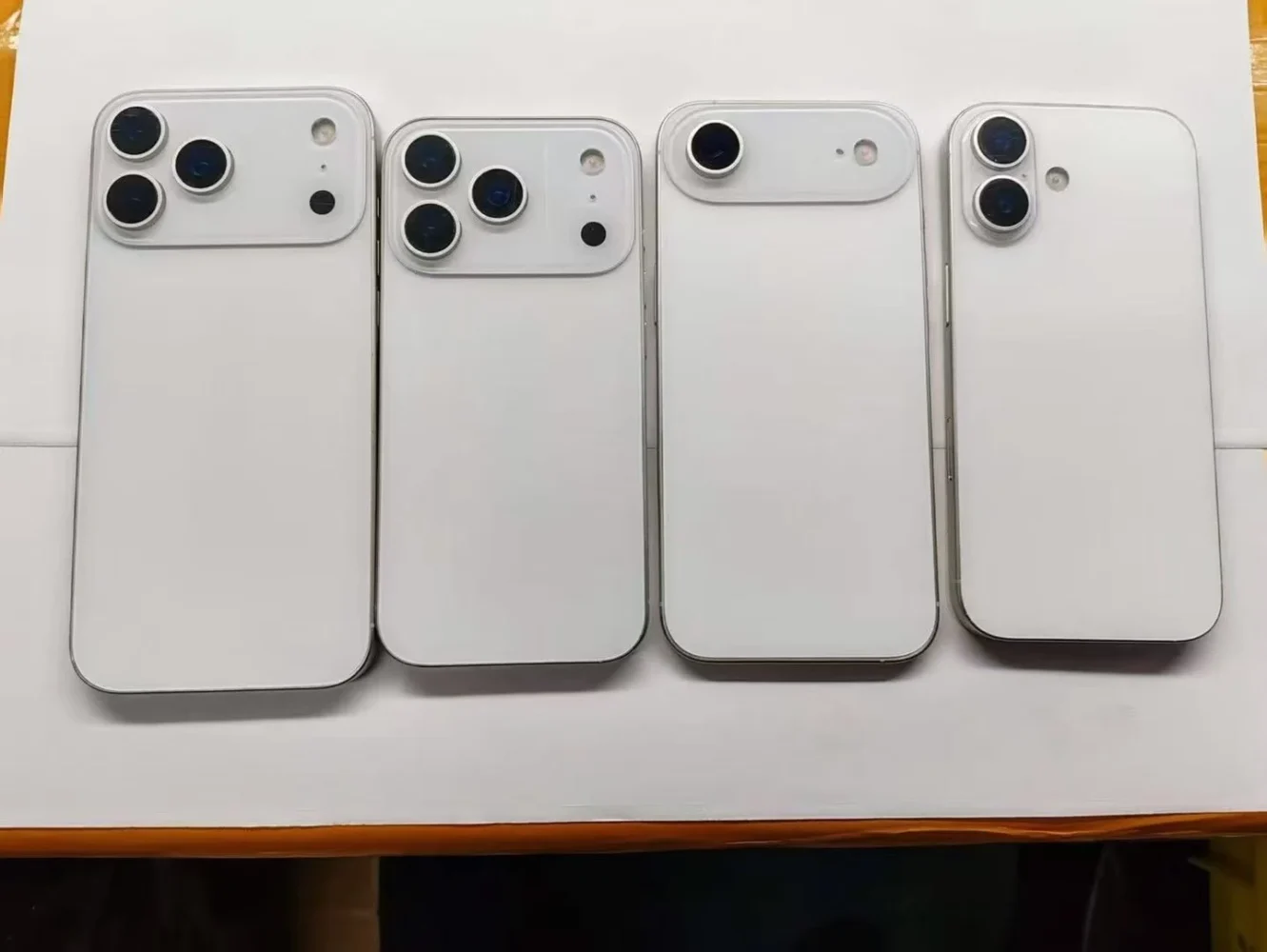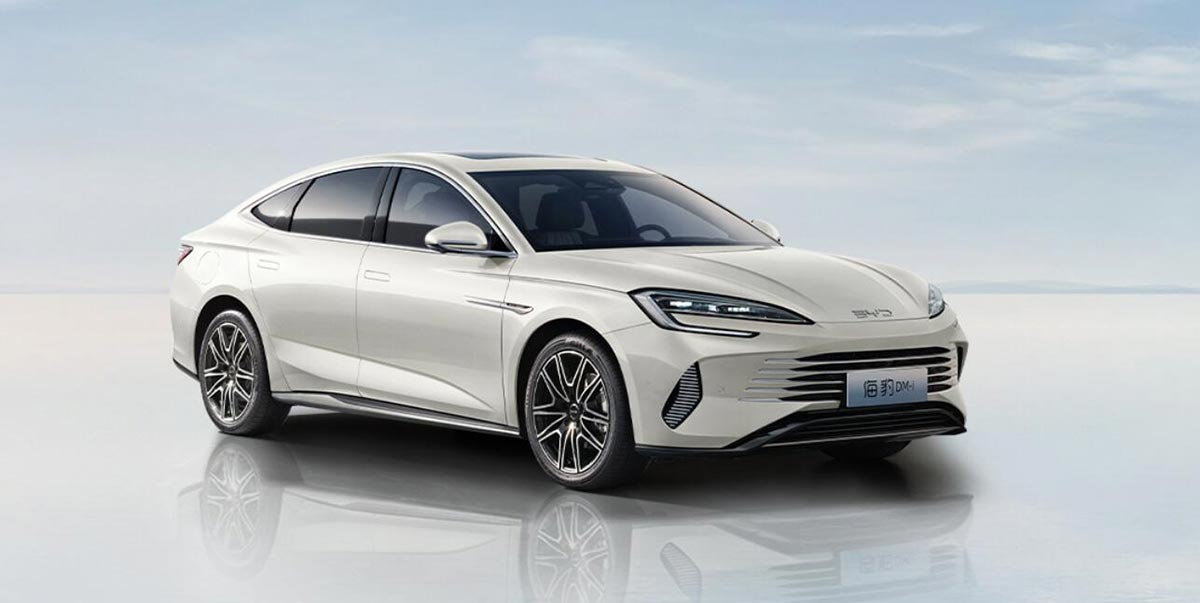Apple’s next-generation iPhone 17 lineup is starting to take physical shape, quite literally. Photos of realistic-looking dummy units for the entire family—including the iPhone 17, 17 Air, 17 Pro, and 17 Pro Max—have surfaced, offering an early glimpse into what the design language of the 2025 models may look like. While these dummies are typically produced for accessory makers or early manufacturing tests, they’re often a reliable indicator of dimensions and physical features ahead of official reveals.
The most notable element of this batch is the 17 Air, which is rumored to be just 5.65mm thick—potentially the thinnest iPhone ever. Despite that ultra-slim profile, it’s expected to house a sizable 6.7-inch display, a design decision that appears to prioritize lightweight usability over premium camera hardware, as the Air dummy shows only a single rear camera. The move suggests Apple may be carving out a new niche within its lineup, targeting users who want a large-screen device without the bulk.

Grouped side by side, the dummy models show a consistent design approach across the board, though the Air’s streamlined look and thinner chassis clearly differentiate it from its siblings. The black and white units shown in the leaked photos align the devices in contrasting order, further emphasizing the relative sizes and form factor changes. The iPhone 17 and 17 Pro remain compact but feature the familiar multi-camera modules, while the Pro Max continues to lead in physical size and likely hardware sophistication.
Internally, all models are expected to be powered by Apple’s upcoming A19 chip, with the Pro models reportedly receiving a more powerful A19 Pro variant. The addition of periscope-style telephoto lenses on the higher-end models would further solidify the differentiation between base and premium tiers—a strategy Apple has leaned into more heavily in recent releases.
Though these are non-functional units, they underscore how Apple may be evolving its iPhone lineup not just with performance upgrades, but with subtle shifts in physical identity. The 17 Air in particular hints at a new direction: thinner, lighter, possibly more affordable, and clearly designed to appeal to users prioritizing portability over pro-level specs.
With a launch event likely slated for September 2025, these dummies are early but tangible signals of what’s to come. As more leaks emerge and software features come into focus, the iPhone 17 series is shaping up to be a refresh that builds on Apple’s design legacy while pushing into new territory—albeit cautiously.





